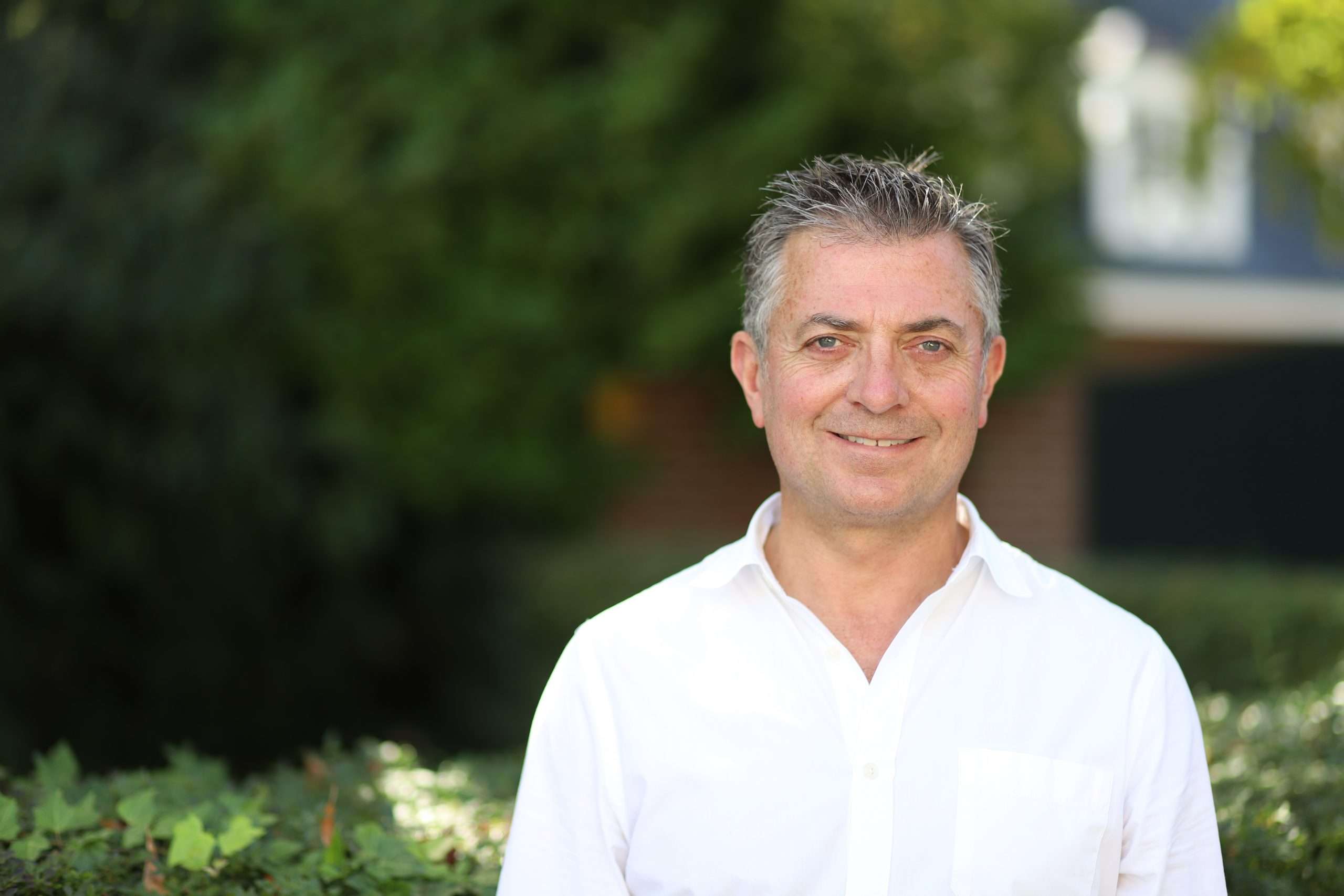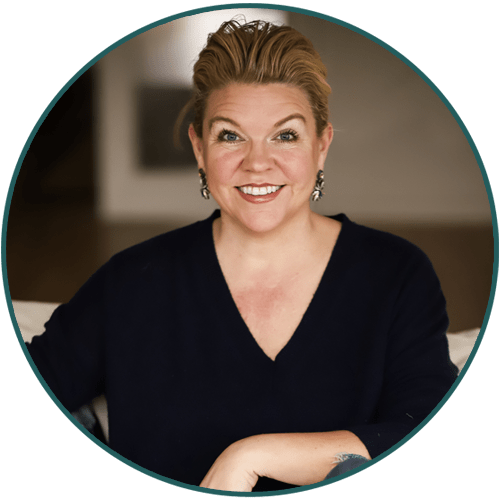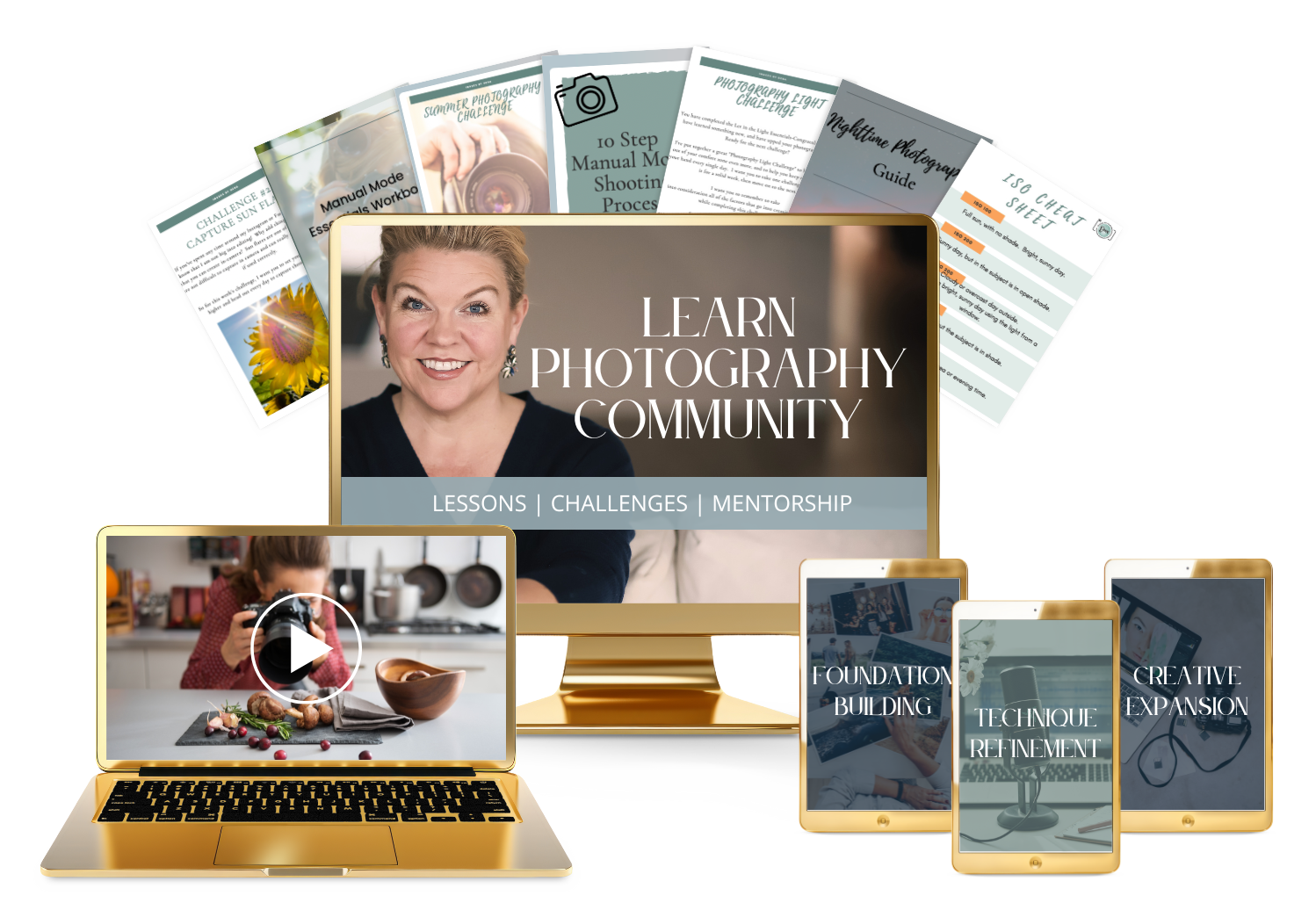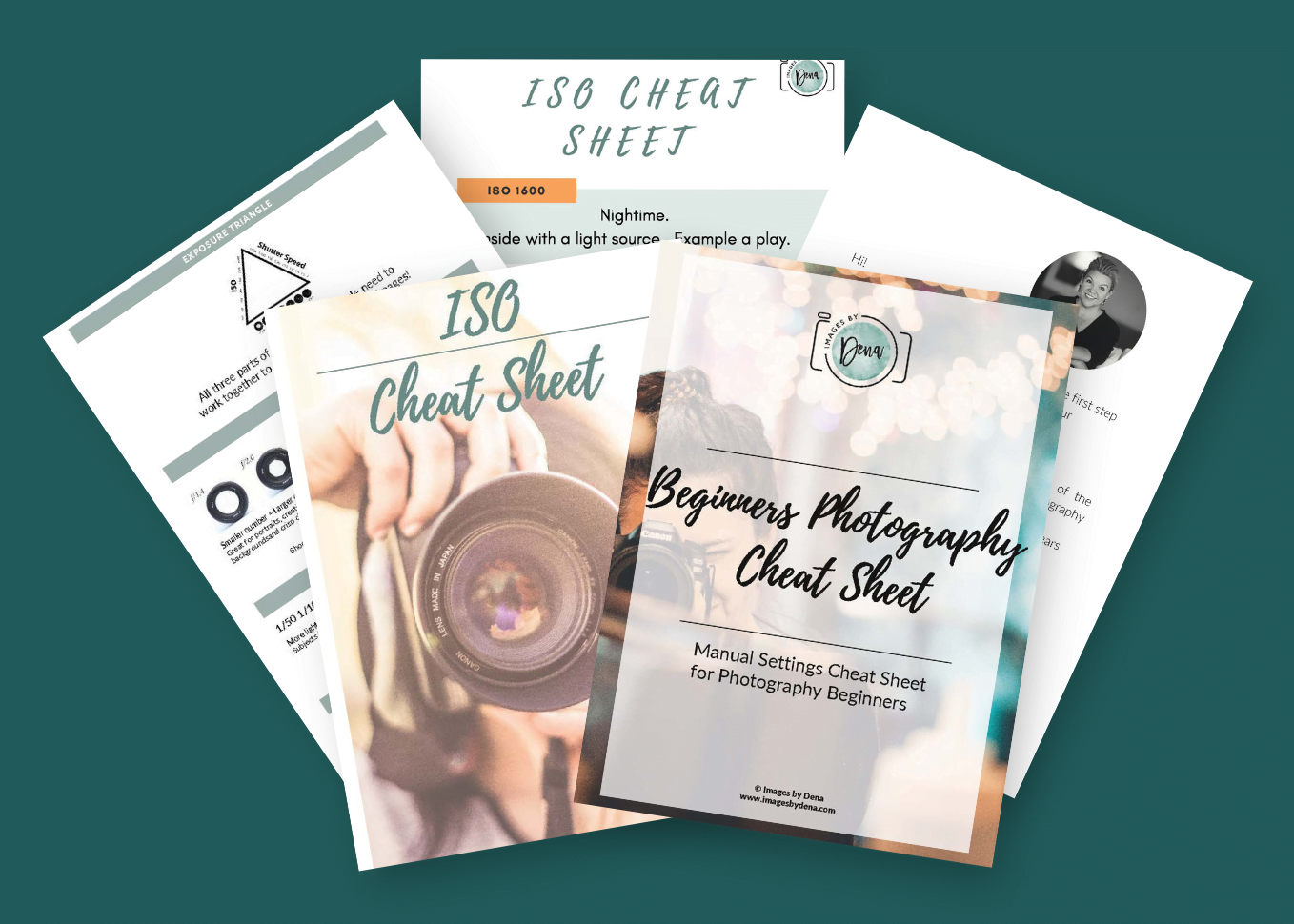How do you achieve a blurry background in photography? Aperture. I have been doing my best to have my camera in my hands for least 15 minutes a day… ask my students, that’s my mantra, especially in my Beginners Photography Essentials program.
I’ve come to realize that it’s really not that easy to do, and I’ve realized that without structure, it’s even more difficult! So, how am I making it happen?
Every time I go for a walk, I take my camera and on those walks, I have been playing with the aperture in my photography! You know, that thing that makes a blurry background in photography. It’s not difficult at all and is more about your lens than your camera, it’s all about using the correct aperture.
I believe that aperture is where photographic magic happens. It adds dimension and light to your photograph, it is what allows you to achieve a blurry background effect.
What is Aperture?
If you think about your camera in terms of an eye, the aperture is like the pupil. Aperture is the hole in which light enters the camera. The lens on your camera will determine the aperture range that you can shoot.
When looking in your camera, you see an “f” and then a number. This “f” and number is telling you your aperture. The lower the number, the bigger the hole, the more light that comes in, resulting in only a small portion of your photo being in focus. This helps you achieve those pictures with the blurry background. Shooting a larger aperture—F1.8-2.5 means more light will come into the camera, and there will be less focus in your photo.
Shooting a lower aperture-F16-22 means less light will come in and more focus. This is often confusing to photographers just starting out in manual. Keep in mind that the smaller the number, the bigger the hole. When I say “wide open,” I mean to shoot at a 1.4-2.8.
What aperture do I use to create a blurry background in photography? A crisp background?
So, when do I use what you may ask? I tend to set my aperture based on what I am shooting. If I am shooting one subject and I want that beautiful, buttery, blur behind the subject, I will shoot wide open, meaning an f1.8-f2.5. I focus on the subject that I want to be clear and in focus, I make sure there is a bit of distance between my subject and the background, and the lens creates that soft buttery background.
Shooting “wide open” can be incredibly forgiving as you don’t see a lot of what’s happening in the background… it’s the perfect way to shoot when you are all home together, and you want the focus to be isolated on one thing and not say, on the mess in your kitchen, the laundry on your couch or the television that’s on in the background…oh sorry, maybe that’s just my house!
I shoot at a more narrow aperture when I am shooting landscapes and want everything to be crisp and clear. Or if I am on a vacation and I want every detail of a building or monument to be in focus. A narrow aperture is perfect for photographing a larger group of people.
Tips for what aperture to use!
When to use a “wide open” aperture:
- Use to create a shallow depth of field or a blurry background. If you want to take a picture of a flower and want the background blurred. A photo of a baby’s feet and you want the rest out of focus.
When to use a “more narrow” aperture:
- Use to create a greater depth of field or a crisp background.
- For landscape photos where you want everything in crisp focus or a large group of people. When photographing people, I tend to shoot the number aperture for the number of people I am photographing.
- General rule of thumb is shoot aperture around the number of people you are photographing.
- Single subject F1.8-3.5
- Two subjects F2.8-4.5
- Groups F5.6-F16
- Safe rule=Shoot F3-F4 when starting out
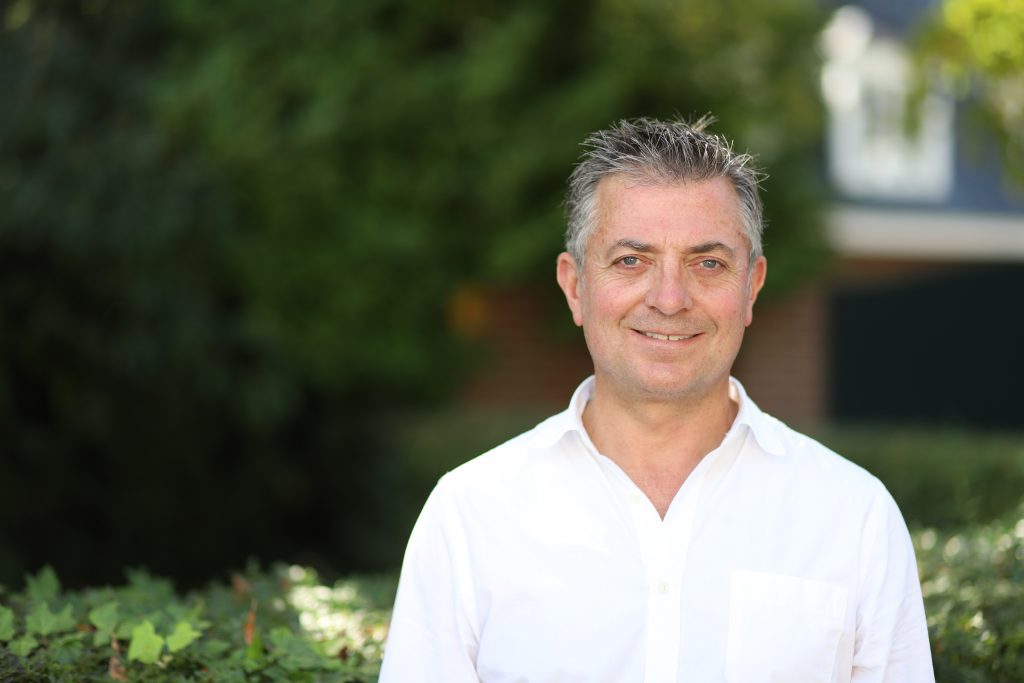
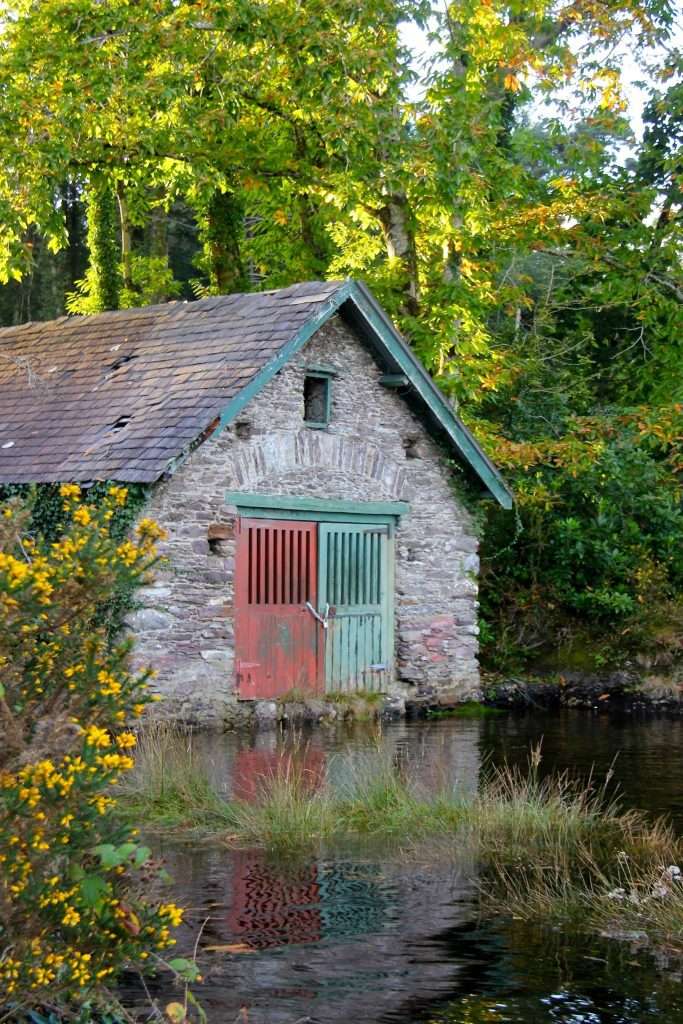
So now I want you to grab that camera, find a subject, and work on creating your own amazing backgrounds, and don’t forget to join the photography contest on my Facebook group for your chance to win a FREE online photo class!
Feel free to message me your shots or questions!
Hope you are all happy and healthy,
Dena
Learn how to use manual mode and take control of your camera so that you can create the amazing images that you’ve always imagined with the Beginners Photography Essentials program!

